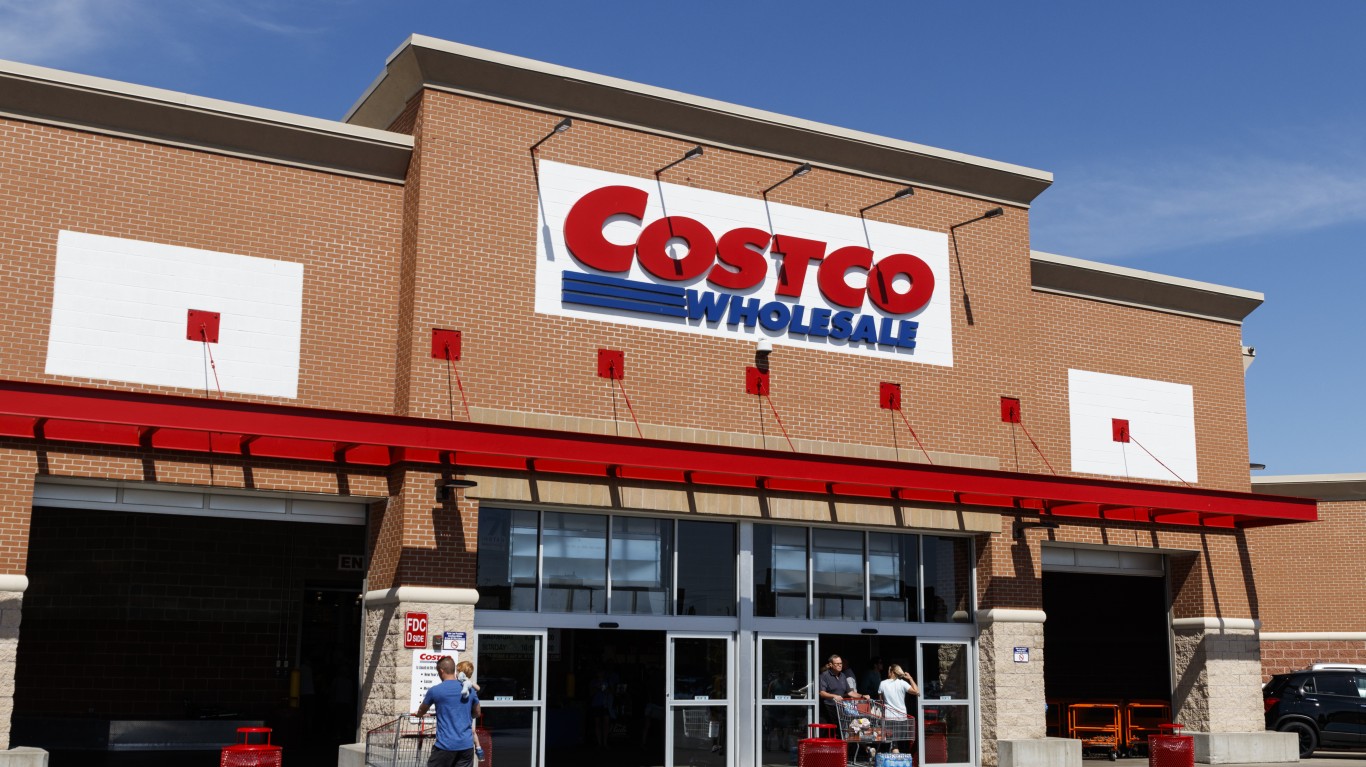
Costco’s (NASDAQ: COST) revenue model is the envy of the retail industry. It charges consumers money to shop at its stores. “Members” spend as much as $120 yearly to go to Costco’s brick-and-mortar locations or shop at Costco.com. So, the retailer gets a steady line of recurring revenue, along with the amount people pay for goods and services. However, based on recent earnings, the model hit a wall.
After it announced earnings, Costco’s stock dropped 8% to $722. That is counter to the one-year trend. During the last 12 months, the share price was up 63% until the earnings announcement. That compares with Walmart’s (NYSE: WMT) 31% and the S&P 500’s 28%.
One disappointment for investors is that Costco will not increase its annual fee now. Although the company did not state this, it shows slow demand.
The stock’s drop indicates just how much Wall Street expected Costco to outperform the rest of the industry. However, Costco’s results were far from poor compared to other large retailers.
Same-store sales rose 5.6% in the most recently reported 12 weeks. E-commerce sales rose 18%.
Revenue for the most recent quarter rose 5.7% to $57.3 billion. EPS rose 19% to $3.92.
Based on improvements in the recent quarter year over year, Costco’s results were better than Walmart’s. The same was true with rival Target (NYSE: TGT). Walmart’s recent numbers crushed Target’s. It only took one factor to disappoint investors: the annual customer fee did not go up.
Thank you for reading! Have some feedback for us?
Contact the 24/7 Wall St. editorial team.



